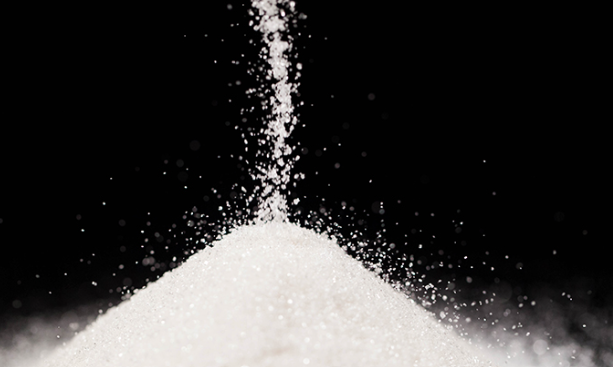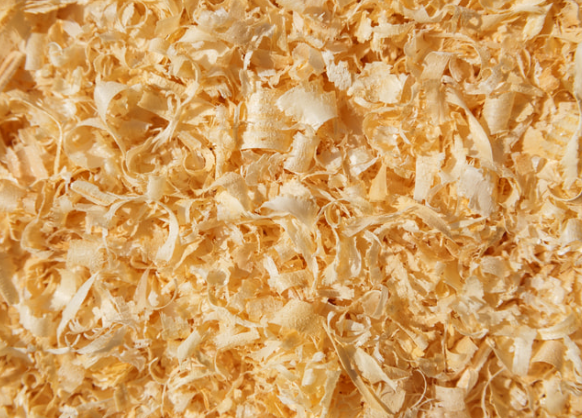Latest Material Profiles
.jpeg)
Titanium Dioxide (TiO2)
Titanium dioxide, often referred to as TiO2, is a widely used white pigment with a range of applications across various industries. It is a naturally occurring oxide of titanium and is renowned for its exceptional opacity, brightness, and UV resistance.

Sulphide Ore
Sulphide ore refers to a type of mineral ore composed primarily of sulfide minerals, including compounds such as iron sulfides (pyrite), copper sulfides (chalcopyrite), lead sulfides (galena), and zinc sulfides (sphalerite), among others.

Sulfur Granules and Pastilles
Sulfur granules and pastilles are solid forms of elemental sulfur, a non-metallic chemical element with the atomic number 16.

Sugar
Sugar, a sweet crystalline substance derived from various plants, primarily sugarcane and sugar beets, is a staple ingredient in numerous food and beverage products worldwide. Its chemical composition mainly consists of sucrose, a disaccharide composed of glucose and fructose molecules. In its various forms, such as granulated, powdered, and liquid, sugar serves as a crucial component in culinary and industrial applications alike.

Sodium Hydroxide
Sodium Hydroxide, commonly known as caustic soda or lye, is a highly versatile and widely used chemical compound. It is an inorganic compound with the chemical formula NaOH.

Struvite
Struvite, chemically known as magnesium ammonium phosphate, is a crystalline substance with a molecular formula NH4MgPO4·6H2O. This mineral, while naturally occurring, also forms in various industrial processes, particularly in wastewater treatment facilities where it can precipitate out of solution. Beyond its natural and industrial occurrences, struvite has garnered attention for its potential applications in agriculture, environmental remediation, and even as a phosphorus source in fertilizers. As with any material, handling struvite comes with its own set of challenges and considerations, particularly in bulk material conveying processes.

Soda Ash
Soda ash, chemically known as sodium carbonate (Na2CO3), is a white, odorless powder with a wide range of industrial applications. It is a vital raw material used in various industries due to its unique chemical properties. In this article, we will delve into the definition and overview of soda ash, its common uses, key characteristics, challenges encountered in bulk material conveying, and the ideal UniTrak equipment for handling soda ash.

Silica Sand
Silica sand is a granular material primarily composed of silicon dioxide (SiO2) crystals, typically in the form of quartz. It's a naturally occurring mineral widely distributed in the Earth's crust. Silica sand finds applications in various industries owing to its versatile properties and abundance.

Silvinita
Silvinita is a naturally occurring mineral compound primarily composed of potassium chloride (KCl) with traces of other minerals. It is typically found in sedimentary deposits and is commonly mined for its potassium content, which makes it a valuable resource in various industries. Silvinita, a mineral compound primarily composed of potassium chloride (KCl) and sodium chloride (NaCl), holds a significant place in various industries due to its diverse applications. This article aims to delve into the characteristics of Silvinita, its common uses, challenges faced in bulk material conveying, and the ideal UniTrak equipment tailored for handling this material.
Silcon Carbide
Silcon Carbide (SiC) is a compound composed of Silcon and carbon. Renowned for its exceptional hardness and thermal conductivity, it has emerged as a crucial material in various industries, from electronics to automotive. In bulk material handling, SiC presents unique challenges and opportunities, demanding specialized equipment for efficient conveying. Let's delve deeper into the world of Silcon Carbide, exploring its properties, applications, challenges in handling, and the ideal UniTrak equipment tailored for its transportation needs.

Sawdust
Sawdust, a byproduct of woodworking operations, is a versatile material with various applications across industries. It consists of fine wood particles generated by sawing or sanding wood. Despite its seemingly mundane nature, sawdust presents unique challenges in bulk material handling due to its particulate nature and specific characteristics. Sawdust, a byproduct of woodworking processes, consists of fine wood particles created through sawing or grinding wood. Despite its seemingly mundane nature, sawdust possesses unique characteristics that present both opportunities and challenges in various industrial applications.

Sand
Sand, a granular material primarily composed of finely divided rock and mineral particles, is one of the most ubiquitous substances on Earth. Its diverse applications across various industries make it a vital commodity in construction, manufacturing, agriculture, and beyond. However, handling sand efficiently poses unique challenges due to its granular nature, abrasiveness, and variable particle size distribution.
